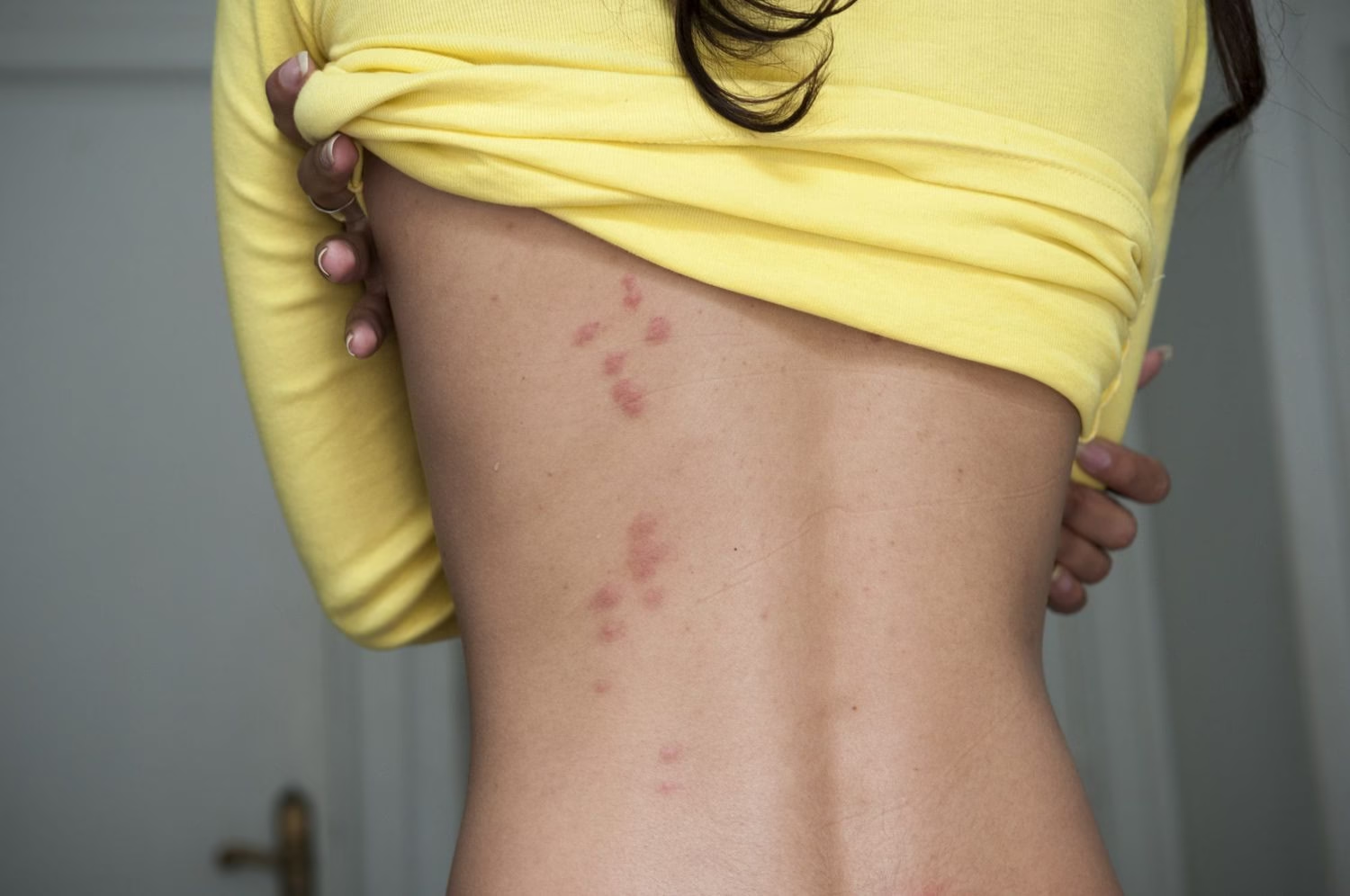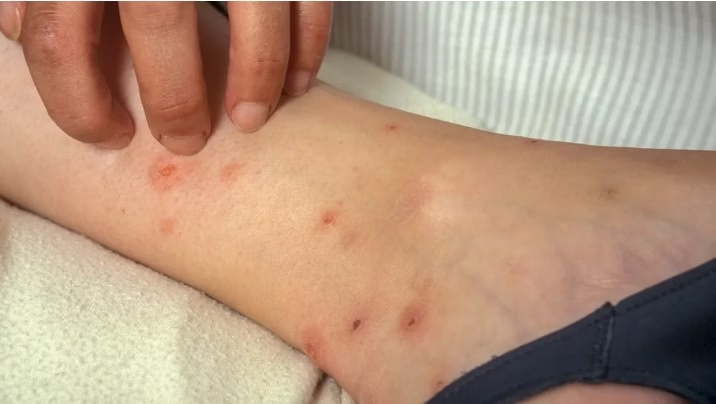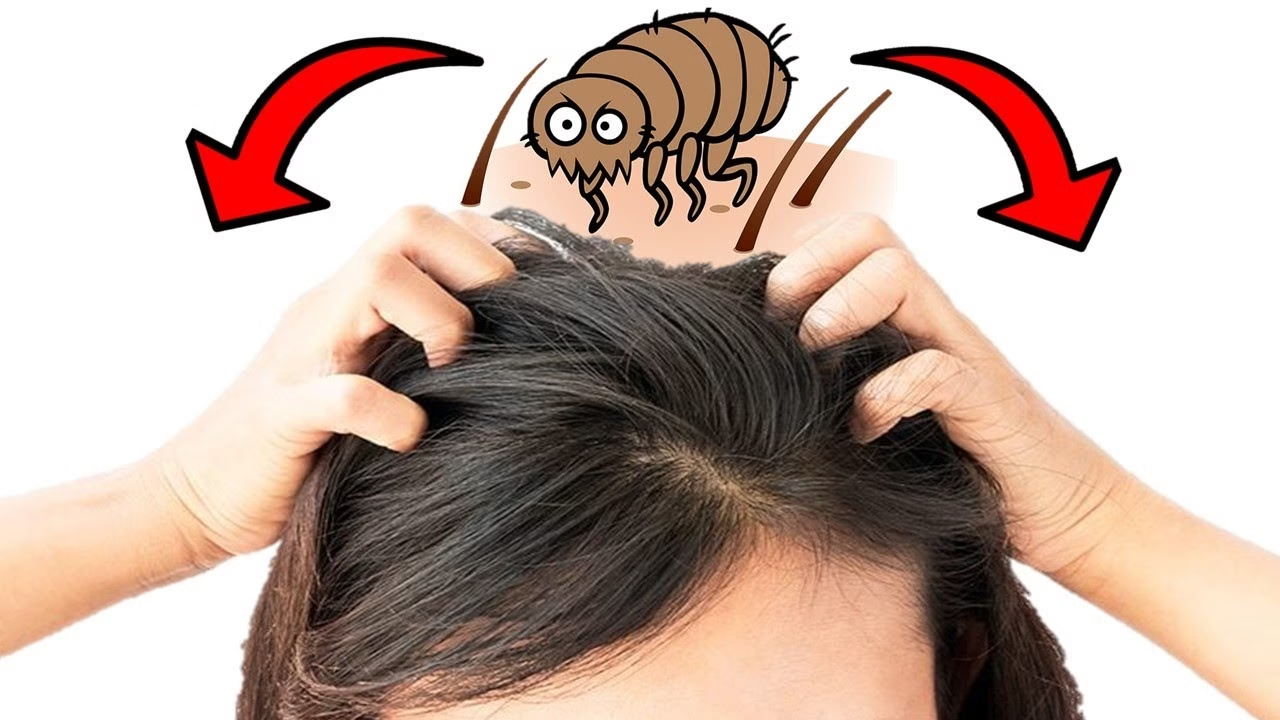- Can a Dog Flea Live in Human Hair
- Introduction
- What Are Dog Fleas?
- Where Do Dog Fleas Prefer to Live?
- Can Dog Fleas Live in Human Hair?
- Myths About Dog Fleas and Humans
- What Happens When a Dog Flea Bites a Human?
- Differences Between Fleas and Lice
- How to Check for Fleas on Your Body
- Preventing Flea Bites and Infestations
- When to See a Doctor or Veterinarian
- Can Fleas Lay Eggs in Human Hair?
- How Long Can Fleas Stay on Humans?
- Conclusion
- FAQS
- Introduction
Can a Dog Flea Live in Human Hair
Introduction
Dog fleas are a common concern for pet owners, especially when infestations spread beyond pets to the home environment. One of the most frequent questions people ask is whether these tiny parasites can live in human hair. The thought of fleas nesting in hair is not only unpleasant but also concerning for families who closely interact with their pets.
This topic has given rise to many myths and misunderstandings, often leading to unnecessary worry. While fleas are indeed capable of biting humans, the idea of them taking up residence in human hair requires a closer look at the facts. Understanding the biology and behavior of dog fleas can help separate fear from reality. This article explores whether dog fleas can truly live in human hair, addresses common myths, and offers helpful tips for prevention and treatment. By the end, you’ll have a clearer picture of what to watch out for—and what not to worry about.
What Are Dog Fleas?

Dog fleas (Ctenocephalides canis) are small, wingless insects that feed on the blood of their hosts, primarily dogs and other furry animals. These parasites have strong legs for jumping and are capable of moving quickly through fur. Their life cycle includes four stages: egg, larva, pupa, and adult. Fleas thrive in warm, humid environments and reproduce rapidly, making infestations difficult to control. Although they prefer animal hosts, they may bite humans if no suitable host is nearby, which often leads to confusion and concern.
Where Do Dog Fleas Prefer to Live?
Dog fleas are adapted to live in the fur of animals, where they can feed easily and remain hidden. They prefer areas with warmth, moisture, and access to a blood source. Common hiding spots include pet bedding, carpets, and upholstered furniture. While they may jump onto humans and bite exposed skin, they do not prefer human scalps or hair, as our body temperature and hair structure do not support their survival or reproduction as effectively as animal fur does.
Can Dog Fleas Live in Human Hair?
While dog fleas can bite humans, it is extremely rare for them to live or breed in human hair. Human scalps are not ideal habitats due to differences in hair density, temperature, and accessibility to blood. Fleas may temporarily land on a person but will typically jump off in search of a more suitable host, such as a dog or cat. Although a flea may occasionally be found on human hair, this is usually accidental and short-lived. The idea that fleas can infest human hair like lice is largely a myth.
Myths About Dog Fleas and Humans
There are many myths surrounding dog fleas and their ability to live on humans. One common misconception is that fleas can infest human hair the same way they infest pets. In reality, fleas may bite humans but do not stay on our bodies for long. Another myth is that frequent human contact with infested pets guarantees a human infestation, which is also false. Understanding these myths is important to avoid unnecessary fear and to take the correct steps toward effective flea control and prevention.
What Happens When a Dog Flea Bites a Human?

When a dog flea bites a human, it typically results in small, red, itchy bumps on the skin. These bites often appear in clusters around the ankles, legs, or waist—areas commonly exposed when sitting or sleeping near pets. Some people may experience allergic reactions such as swelling or intense itching, while others may have little to no reaction. Although bites can be irritating, they are not usually dangerous, but scratching can lead to secondary infections if the skin becomes broken.
Differences Between Fleas and Lice
Fleas and lice are often confused due to their small size and parasitic nature, but they are very different pests. Fleas are external parasites that jump and move quickly, feeding on the blood of animals and occasionally humans. Lice, on the other hand, are species-specific and live their entire lives on a single host—most commonly humans or other specific animals. Human lice live in hair and lay eggs close to the scalp, while dog fleas prefer fur and do not reproduce on human bodies. Understanding these differences helps avoid confusion when identifying an infestation.
How to Check for Fleas on Your Body
If you suspect you’ve been exposed to fleas, it’s important to check your body for signs. Focus on areas like ankles, lower legs, and waistline—these are common flea bite zones. Look for small red bumps, often in clusters, that are itchy or slightly swollen. Unlike lice, fleas do not attach to hair shafts or stay on your scalp. You can also use a fine-toothed comb to inspect your hair and skin. If you find a flea, it’s usually just a temporary visitor, not a sign of infestation.
Preventing Flea Bites and Infestations
The best way to prevent flea bites and infestations is to maintain good hygiene for both pets and your home. Regularly bathe and groom your pets, and use vet-approved flea treatments. Vacuum carpets, furniture, and pet bedding frequently to remove eggs and larvae. Wash your pet’s bedding in hot water and keep outdoor areas clean. Preventive steps like these reduce the chance of fleas entering your home and lower the risk of them biting you or your family.
When to See a Doctor or Veterinarian
If flea bites cause intense itching, swelling, or signs of infection such as pus or spreading redness, it’s time to see a doctor. Allergic reactions to flea bites can also lead to rashes or difficulty breathing, which require immediate medical attention. For pets, signs like constant scratching, hair loss, or visible fleas call for a visit to the veterinarian. Timely treatment helps avoid complications like flea allergy dermatitis or tapeworms in pets. Don’t wait too long—early intervention is key to controlling flea-related problems effectively.
Can Fleas Lay Eggs in Human Hair?
A common fear is that dog fleas might lay eggs in human hair, but this is highly unlikely. Fleas require a specific environment to reproduce—one that human hair does not provide. Fleas typically lay their eggs in pet fur or areas where pets spend a lot of time, such as bedding or carpeting. Human scalps lack the warmth, thickness, and conditions fleas need for laying eggs and sustaining their life cycle. So, while a flea may temporarily land on a human, it won’t stay to reproduce.
How Long Can Fleas Stay on Humans?
Fleas do not stay on humans for extended periods. They may jump onto people in search of a blood meal, but once they bite, they typically leave to return to their preferred hosts—animals with dense fur. Humans are not suitable for flea survival because our bodies lack the thick hair and steady body temperature fleas need. In most cases, a flea will bite and jump off within minutes or a few hours at most, making long-term presence on humans very rare.

Conclusion
Dog fleas can be a nuisance, but the fear of them living in human hair is largely unfounded. While fleas may bite humans, they do not thrive on our bodies or hair. Misunderstandings and myths often lead to unnecessary anxiety, but knowing the facts can help ease concerns and promote the right preventative actions. By caring for your pets, maintaining cleanliness, and responding to flea issues early, you can protect both your family and your pets from discomfort. Understanding the reality of flea behavior is the first step toward peace of mind.
You Can Also Read:Dog Bite Treatment: First Aid & Seeking Help
FAQS
How long can dog fleas live in human hair?
Fleas do not live on humans because they lack substantial hair like animals, and it’s very difficult to reproduce without the protection of fur or feathers. One lab study observed that a flea would have to feed on a human for 12 straight hours to have the chance to lay viable eggs.
What happens if a dog flea gets in your hair?
No, fleas may bite you but that is because they are testing your blood. Fleas will not live in your hair or on any part of a human body.
Can fleas from dogs stay on humans?
Fleas, like most ectoparasites, are species and location specific. Humans have their own fleas (Pulex irritans) and dogs have their own fleas (mostly Ctenocephalides felis, but also Ctenocephalides canis). The simple answer is, no, a person cannot get fleas from their dog.
How do I know if I have fleas in my hair?
Lice mostly live in hair, especially on your scalp. They look like tiny white specks and leave itchy bumps behind. Fleas can live anywhere on your body and are much easier to spot. They also leave itchy bumps behind but can also cause diseases that have other noticeable symptoms.
Do fleas lay eggs in human hair?
While fleas can technically lay eggs on our scalp, the possibility of this happening is extremely rare. Given how much these small parasites can disrupt a household, however, knowing all you can about fleas can help you avoid an infestation or manage an existing flea problem.
